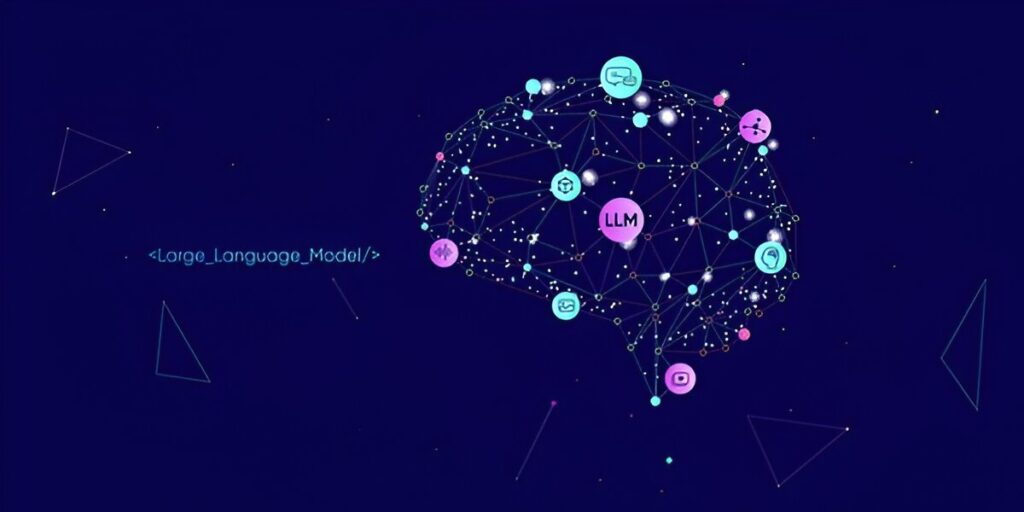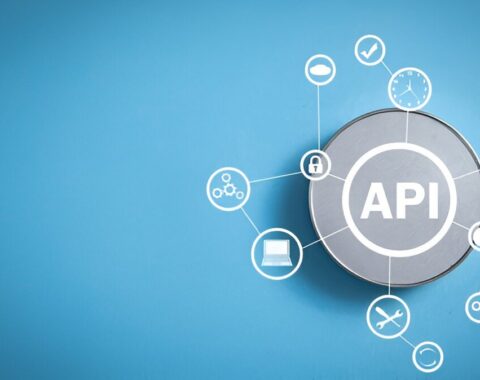
Arabic NLP differs from English: complex morphology, dialect variation (Gulf, Levantine, Egyptian), and sparse labeled resources for many domains. For companies serving Dubai/UAE and global markets, combining monolingual Arabic models with multilingual LLMs gives the best tradeoffs.
Technical challenges in Arabic NLP
- Rich morphology and orthographic ambiguity mean tokenization & segmentation matter (Farasa, CAMeL tools). Dialects differ lexically and syntactically from Modern Standard Arabic (MSA), so domain-specific fine-tuning is essential.
Model selection & pretraining
- Use Arabic-focused pretrained backbones (AraBERT, ARBERT, CAMeLBERT) as starting points for tasks like NER, sentiment, and classification. These models have been pre-trained on Arabic corpora and outperform generic multilingual models for many Arabic tasks.
Fine-tuning best practices
- Data augmentation & synthetic data: back-translate, transliterate, or generate synthetic dialect examples to improve robustness.
- Tokenization: apply Arabic-aware tokenizers and evaluate segmentation strategies (subword vs morphological segmentation).
- Domain adaptation: start with base Arabic model, then continue pretraining on domain corpus (customer support logs, legal texts) before task fine-tuning.
- Evaluation: include dialectal test sets and adversarial spellings; use F1 for NER, BLEU/ROUGE for generation tasks and human eval for conversational agents.
LLMs + RAG for enterprise knowledge
- For enterprise QA in Arabic & English, use RAG (embed documents, index in a vector DB, and query with an LLM) to keep answers up to date and grounded in your company documents — this approach helps avoid hallucinations while supporting bilingual content. See Hugging Face’s RAG docs and RAG best practices.
Deployment & operations
- Provide translation fallback, set up monitoring for hallucinations and fairness, and implement human-in-the-loop flows for high-risk responses. For UAE customers, ensure PDPL alignment when processing user messages.
A practical Arabic + English NLP strategy combines Arabic pretrained models (AraBERT family), domain adaptation, robust tokenization, and grounded retrieval (RAG) for up-to-date, safe responses. Pexaworks can help build bilingual conversational agents and knowledge search tuned for Gulf dialects and business contexts.
Pexaworks is a leading AI-first software development company that specializes in building intelligent, scalable, and user-centric digital solutions. We help startups, enterprises, and SMEs transform their operations through custom software, AI/ML integration, web and mobile app development, and cloud-based digital transformation.
With a strong presence across the United States (HQ), the UAE (regional command center), and India (innovation hub), Pexaworks combines global expertise with local excellence. Our US operations ensure compliance with strict data security standards and provide real-time collaboration for North American clients. The UAE office drives regional partnerships and business growth while acting as a cultural bridge between East and West. Meanwhile, our India team powers innovation with world-class engineers and AI specialists, delivering cost-effective, high-quality development at scale.
At Pexaworks, we’re not just building software—we’re enabling future-ready businesses. Our mission is to seamlessly integrate AI and automation into business workflows, boosting efficiency, growth, and innovation. With a focus on performance, usability, and real-world impact, we deliver solutions that help our clients stay ahead in a competitive digital landscape.
Looking for a technology partner that truly understands innovation? Visit pexaworks.com


